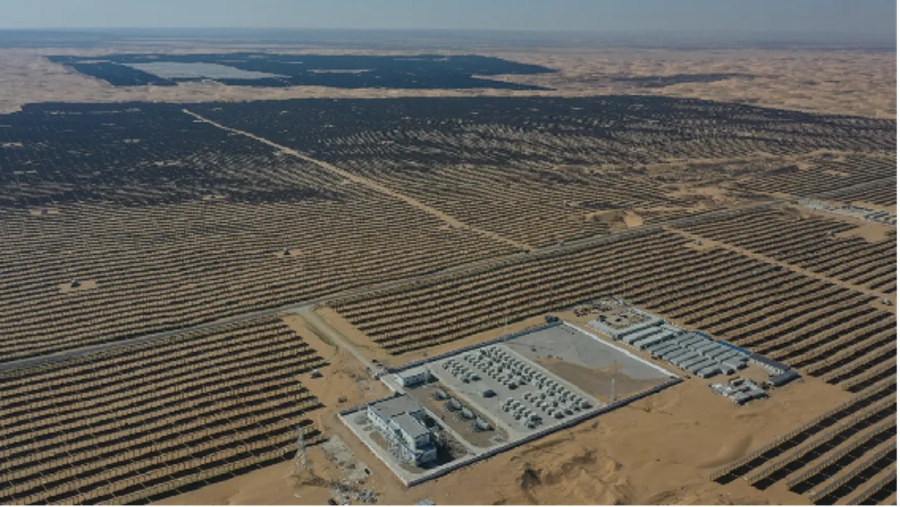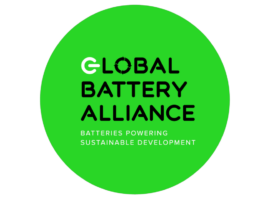TU Munich, Max Planck Society establish German solar battery research center

Optoionic solar batteries combine solar cells and batteries in a single component. They can store the energy of sunlight directly electrochemically, without the detour of converting it into electricity. There is still a great deal of research needed in the technology, however. That is why the Technical University of Munich (TUM) and the Max Planck Society (MPG) have founded a research center for such solar batteries.
The SolBat center, the first facility of its kind in the world according to the project partners, is on the TUM campus in Garching, near Munich. The Bavarian Ministry of Economic Affairs is supporting the project.
The focus of the center is optoionics – a cross-sectional science comprising optoelectronics and solid-state ionics that deals with the control of ions using light. “Optoionics not only enables us to improve light-controlled processes in energy materials but also to produce new types of energy systems at the interface between batteries and photovoltaics that function as direct ‘light storage’,” said Bettina V. Lotsch, director of the Max Planck Institute for Solid State Research, in Stuttgart, and honorary professor at the universities of Munich (LMU) and Stuttgart.
Lotsch sees optoionics as a key factor in significantly increasing the efficiency of solar batteries and the functionality of future energy systems. It is hoped the SolBat center’s research will provide a new impetus for photocatalysis, sensor technology, and artificial intelligence.
How optoionic solar batteries work
The integration of solar cell and battery enables the direct conversion of sunlight into electrochemical energy and its storage. The process begins when photons – light particles – hit a light-absorbing layer and excite electrons. SolBat researchers say the key innovation of solar batteries is that the light not only excites electrons but also influences ion movement. That enables the simultaneous absorption of light and the storage of electrochemical energy in a single component. Lithium or oxygen ions can also move more quickly within the solid body through optical stimulation, which can accelerate the charging and discharging processes of a battery.
During discharge the process is reversed: stored electrochemical energy is released, the ions migrate back, and an electric current is generated. The simultaneous use of light absorption and charge storage can reduce losses that occur in conventional systems due to separate generation and storage processes. In addition, optoionics opens up new perspectives for the production of highly integrated light storage devices that can be used flexibly outside the power grid.
The SolBat Center will be managed by Jennifer LM Rupp, holder of the chair of solid state electrochemistry at TUM and fellow at the Fritz Haber Institute of the MPG; Karsten Reuter, director at the Fritz Haber Institute of the MPG and distinguished affiliated professor at TUM; and Lotsch. All three are board members of the e-conversion Cluster of Excellence, upon whose results, network of experts, and interdisciplinary basic research the new center is largely based.
“The fusion of solar and battery technologies will open up a new dimension for the future of sustainable energy supply,” said Rupp. “The concept of our globally unique center is based on a close integration of basic research and technology development. We see this as an opportunity to make energy systems significantly more compact and efficient.”
From pv magazine Deutschland.













